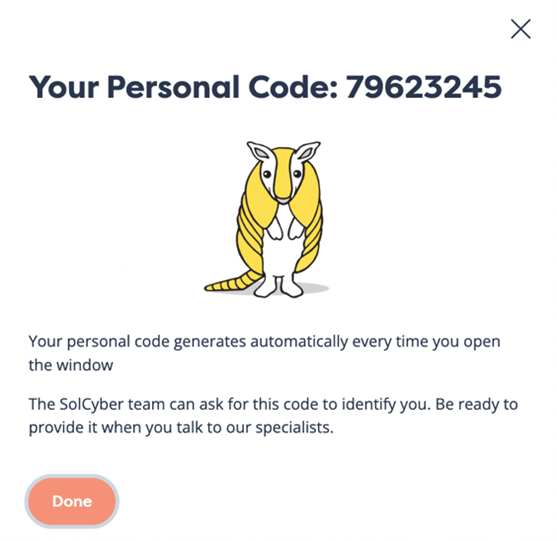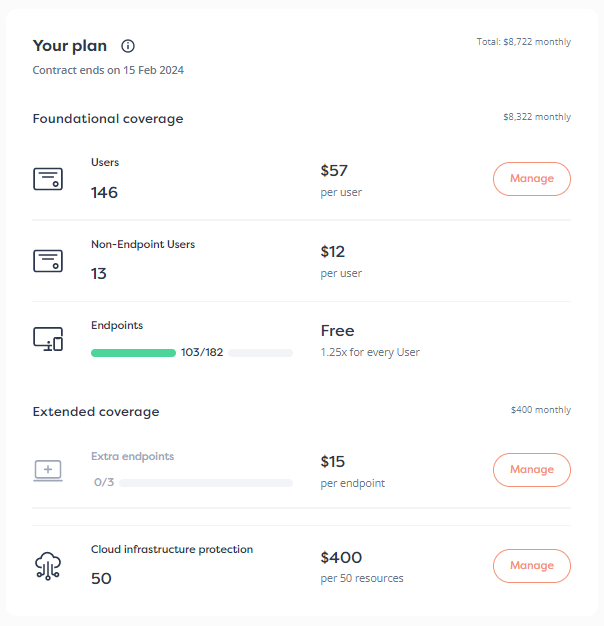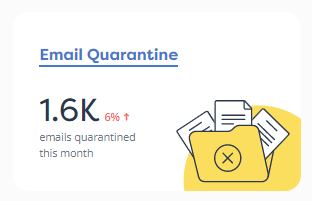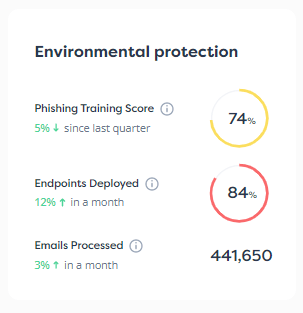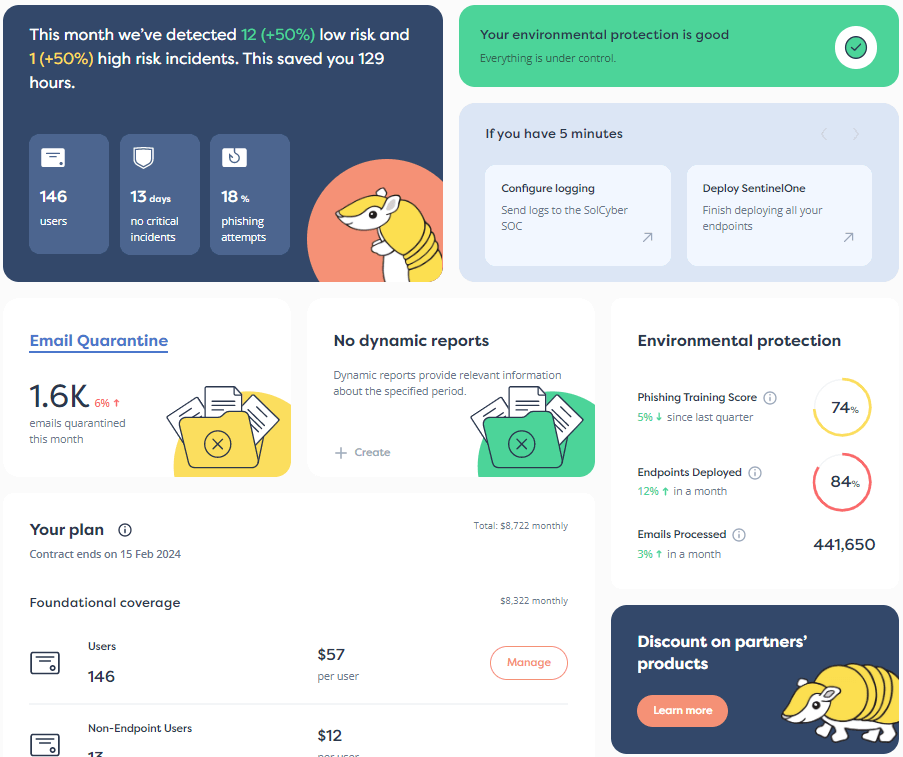

Email is the second-most common vector for cyberattacks, according to the latest data breach report from Verizon while IBM’s Cost of a Data Breach report for 2023 indicates that Business Email Compromise (BEC) attacks, one type of email attack, resulted in an average loss of $4.67 million.
Clearly, these attacks are succeeding against organizations. However, by following a few best practices, you can prevent many of the most common email-based cybersecurity incidents.
A sophisticated email filter will identify and block emails containing potentially malicious links or attachments and signature-based filters help eliminate a large chunk of spam emails. These filters work by comparing the content of incoming emails to a database of known spam signatures. Popular email platforms like G-Suite and Outlook also provide built-in tools for spam filtering.
When investing in a filter, it’s important to find a balanced solution that doesn’t lead to too many false positives, while remaining secure enough to protect users.
To get around filters, savvy attackers will spoof domains and other elements of email addresses, such as the originating IP address.
You can use email authentication protocols such as SPF (Sender Policy Framework), DKIM (DomainKeys Identified Mail), and DMARC (Domain-based Message Authentication, Reporting, and Conformance) to verify the authenticity of incoming emails and reduce the risk of spoofing and phishing attacks. These protocols can help detect and prevent email attacks by ensuring that only legitimate emails from authorized senders are delivered to your company’s email servers.
Advanced detection tools as well as EDR tools reputation-based detection and AI-powered natural language processing detection methods can help spot elevated email attacks.
If you would like more information about the tools mentioned above, this post might be helpful. https://www.techtarget.com/searchsecurity/answer/Email-authentication-How-SPF-DKIM-and-DMARC-work-together
Macros are pieces of computer code that run as part of office productivity software. Despite their immense value in automating repetitive tasks, hackers have leveraged them to send malicious code directly in emails by attaching them in Word documents, Excel files, HTML files, PDF files, and other types of files.
You can modify settings in your organization’s email provider, apps, and devices to prevent these scripts from running, lowering your risk of the code executing and infecting a system.
Small business employees are 350% more likely to be victims of social engineering attacks than those of larger businesses. Verizon’s report mentioned above reveals that 74% of all breaches include the “Human Element,” such as:
According to IBM, social engineering tactics resulted in almost double the amount of BEC data breaches in 2023. Employee training is crucial to ensure your staff knows how to spot the phishing emails and social engineering tactics that can get around automated detection tools.
Employee training becomes even more important for remote workers. Employees working from home often lack the same robust security protections provided by an office network so their training should be prioritized to help mitigate the increased risk they face.
As technology evolves, email attacks are only going to get better. Hackers are also increasingly using AI to improve believability, as is in the case of deep fakes.
However, a clearly defined process can go a long way to preventing successful email attacks. Here are some suggested steps for such a process:
Prioritizing email security is crucial for your businesses to defend against the rising number of attacks targeted at small businesses. By implementing best practices, you can prevent a large portion of these attacks from being successful.
While some email security efforts may be small and easily implemented, others might require more long-term planning. In such cases, working with a managed security provider, such as SolCyber, can help bridge the gap and provide you with the necessary solutions to protect your business.
To learn more about how SolCyber can assist in enhancing your business’s email security, reach out to us to learn more.


By subscribing you agree to our Privacy Policy and provide consent to receive updates from our company.

